New Clear Roads Synthesis Report: Avoiding Corrosion of Electrical Connectors
A recent Clear Roads synthesis project surveyed state DOTs with winter maintenance programs about their best practices for avoiding corrosion of electrical connectors. Common agency practices for reducing corrosion include installing a waterproof or weatherproof connector, using dielectric silicone and dielectric grease for sealing connections, and applying a heat shrink tubing to cover the crimped … Read more
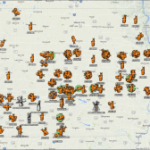
New Clear Roads Research: Maximizing the Value of Vehicle Technology Systems
Using Automated Vehicle Location (AVL) and Global Positioning Systems (GPS) technologies throughout the year can help justify the expenses of purchasing and installing them in maintenance vehicles and training staff to use them. Many AVL/GPS systems have applications that extend beyond winter maintenance practices, increasing the benefits and value of these technologies. This Clear Roads … Read more
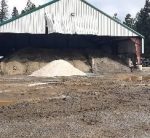
New Clear Roads Research: Evaluating Indoor Automated Stockpile Measurement Systems
Many state and local transportation agencies with winter maintenance programs purchase their road salt before the winter season to secure the best prices and assure availability. However, measuring and monitoring the quantity of salt in widely distributed stockpiles—including many sites without regular staff on-site—can be both challenging and time-consuming. This Clear Roads project examined a … Read more
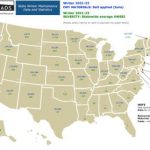
National Survey Compiles Eight Years of Winter Maintenance Data
Clear Roads has published its eighth Annual Survey of State Winter Maintenance Data, which compiles data on winter resources, materials and costs from 36 states for the 2021-2022 winter season. The interactive spreadsheet-based tool includes a United States map that displays many of these metrics.
Clear Roads RFPs: Proposals Due January 6
Clear Roads has reposted Request for Proposals (RFP) for two research projects: Effects of Additives in Deicing Salts at Lower Temperatures Best Management Practices for Liquid Chloride Storage and Pumping Systems To view the details of these RFPs, please visit MnDOT’s Professional Technical Consultant Services page. The deadline to submit proposals is Friday, January 6, 2023.
Submit a Research Idea to Clear Roads!
Have a research idea? This year, Clear Roads is inviting members of the winter maintenance and research communities to submit ideas for consideration as future Clear Roads research topics. We welcome great ideas from anyone! Clear Roads funds winter maintenance research in six topic areas, with a focus on: Evaluating winter maintenance materials, equipment and … Read more

Clear Roads Research Featured at Environmental Conference
On October 13, 2022, members of the Lake George Association in upstate New York hosted their annual Salt Summit to discuss strategies and technologies for reducing road salt. Clear Roads member Joe Thompson of New York State DOT spoke at the event, sharing highlights of the in-progress Clear Roads research project investigating ways agencies can … Read more
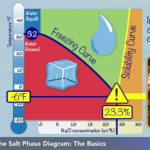
New Clear Roads Research: Understanding the Chemistry of Road Salt
As temperatures drop, sodium chloride loses its deicing power. Depending on conditions, adding more salt to a roadway may be ineffective and wasteful. To help maintenance managers make the most of their stockpiles and keep roads clear, this Clear Roads research project investigated how salt behaves at different temperatures and concentrations. With a new tool … Read more
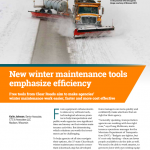
Clear Roads Research Earns National Recognition
New tools and training materials developed by Clear Roads are featured in an article in the October issue of APWA Reporter. Designed to help state and local transportation agencies save time and money on their winter maintenance operations, these new resources resulted from three recent Clear Roads research projects: CR 19-03: Measuring the Efficiencies of … Read more
New Clear Roads RFP: Proposals due Nov. 9
Clear Roads is currently soliciting investigator proposals for a new research project: Effects of Additives in Deicing Salts at Lower Temperatures Please download the RFP document and DBE special provisions for more information. To view the details of this RFP, visit MnDOT’s Professional Technical Consultant Services. The deadline to submit a proposal is Wednesday, November 9, 2022.
